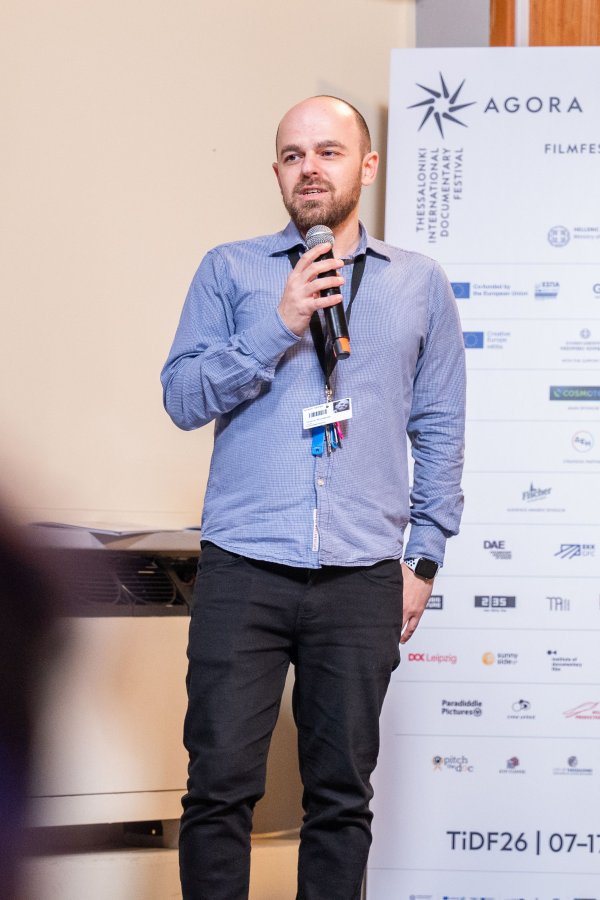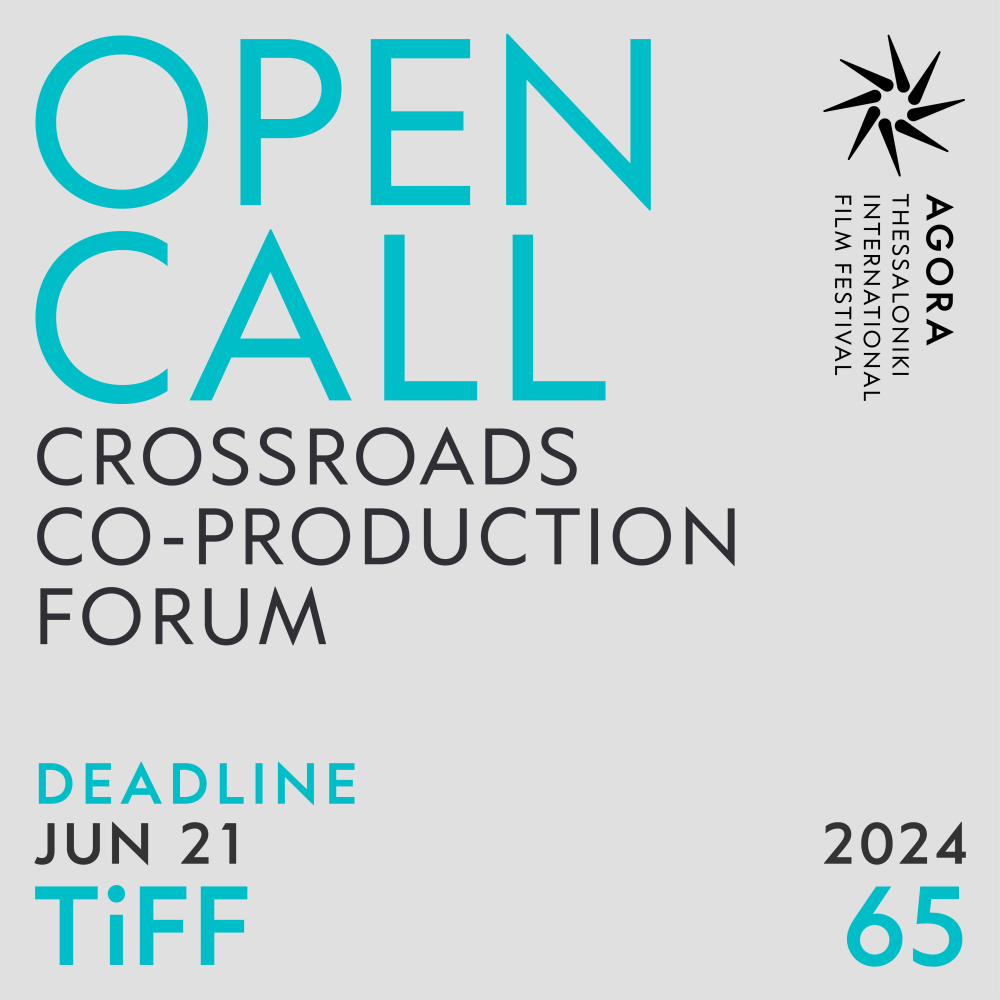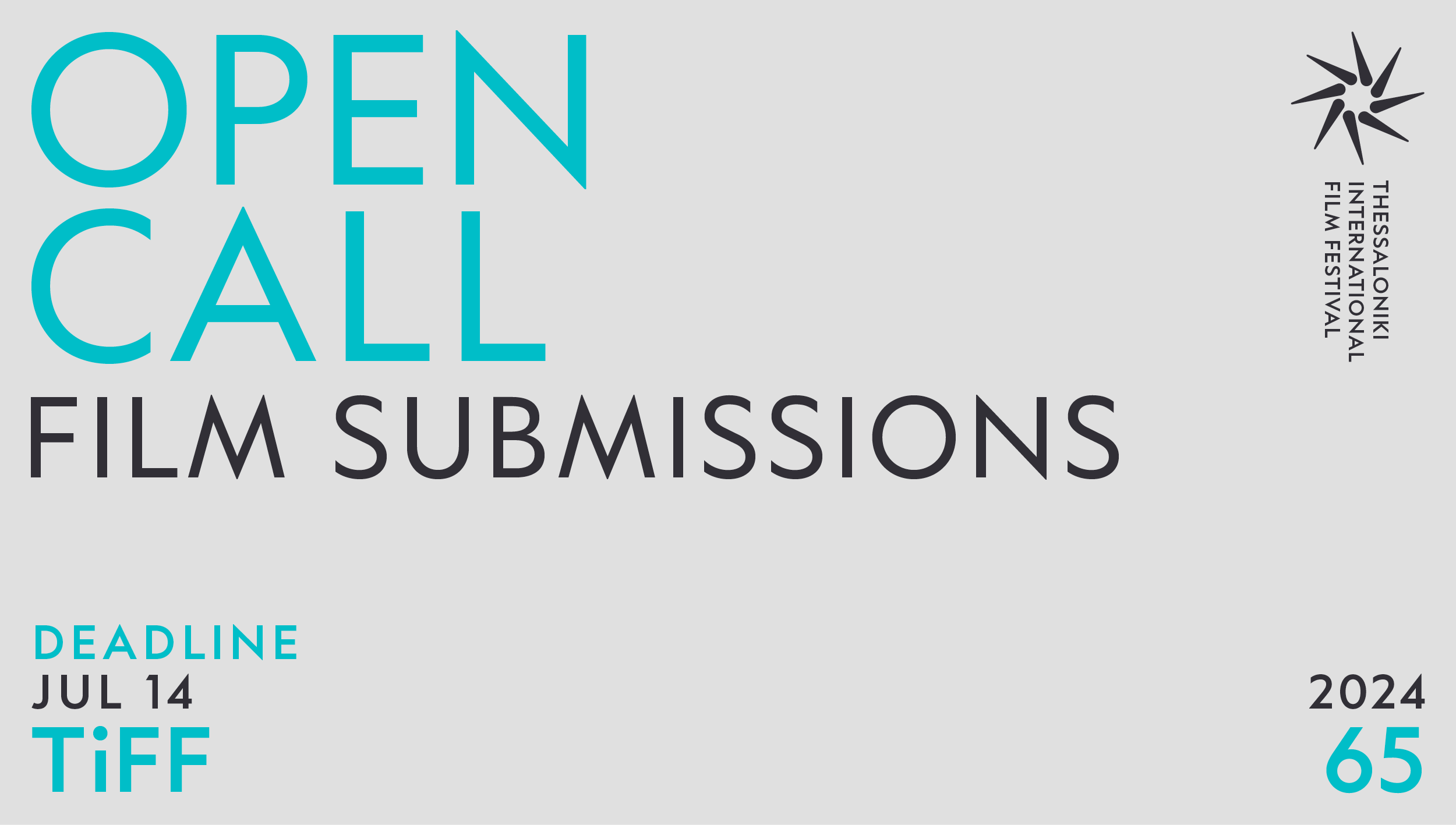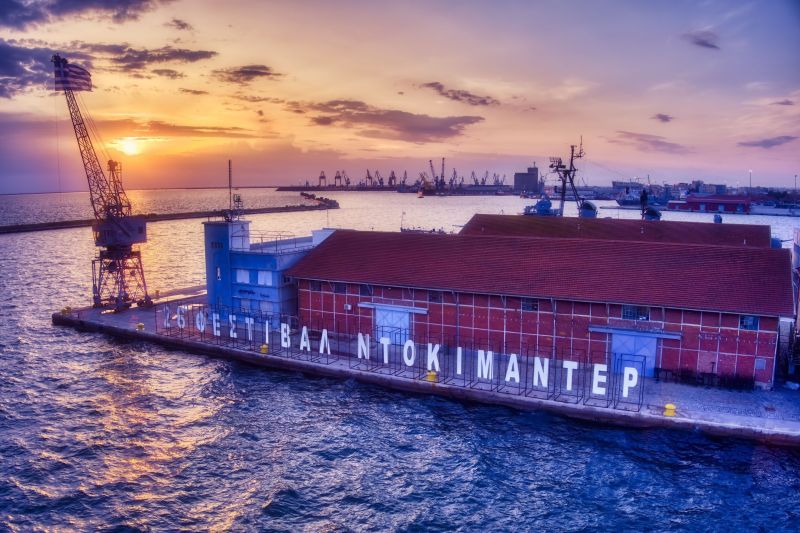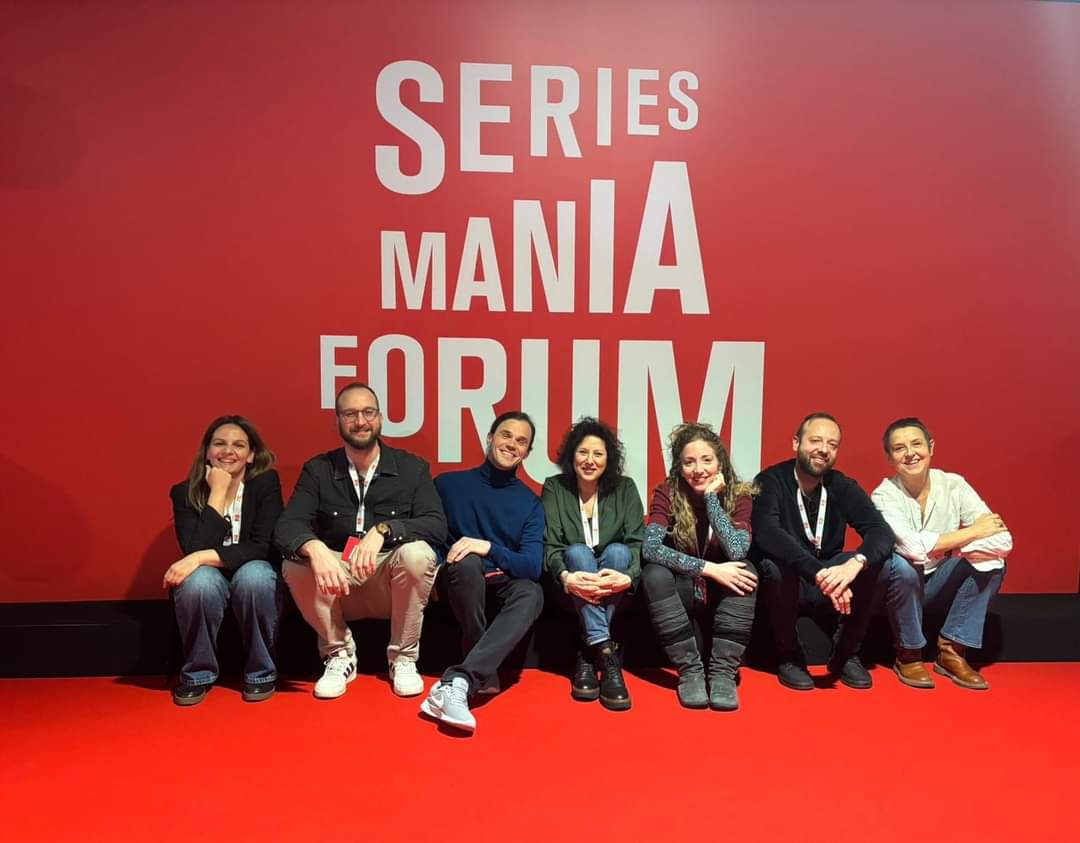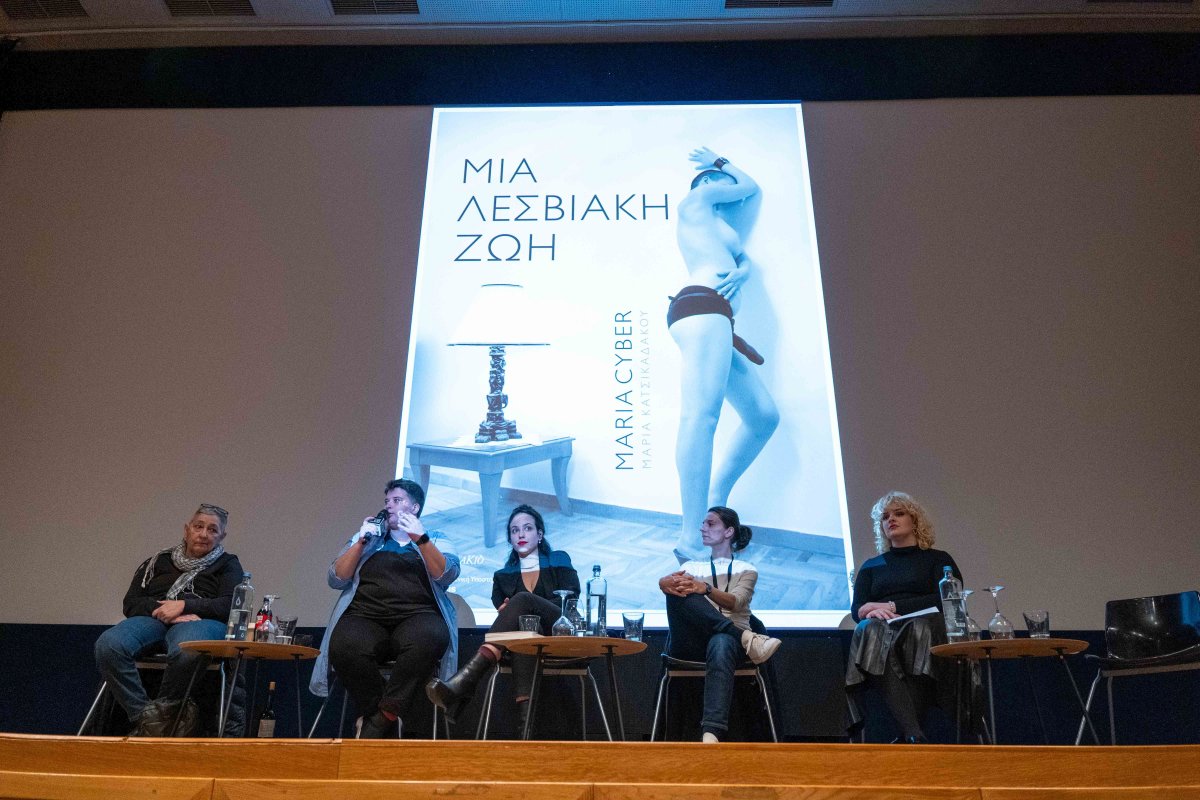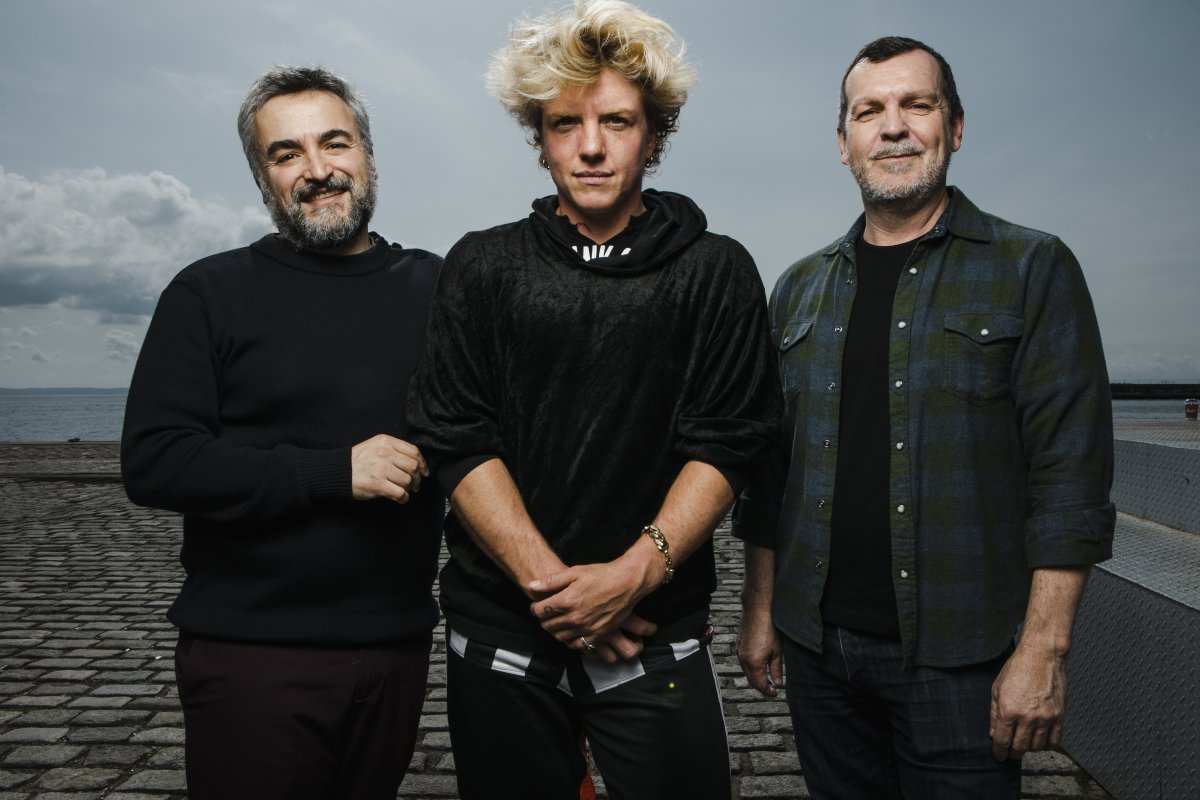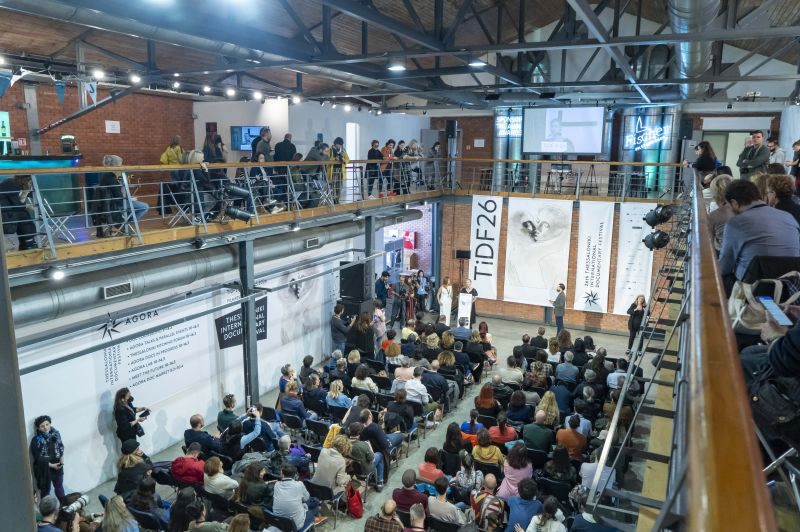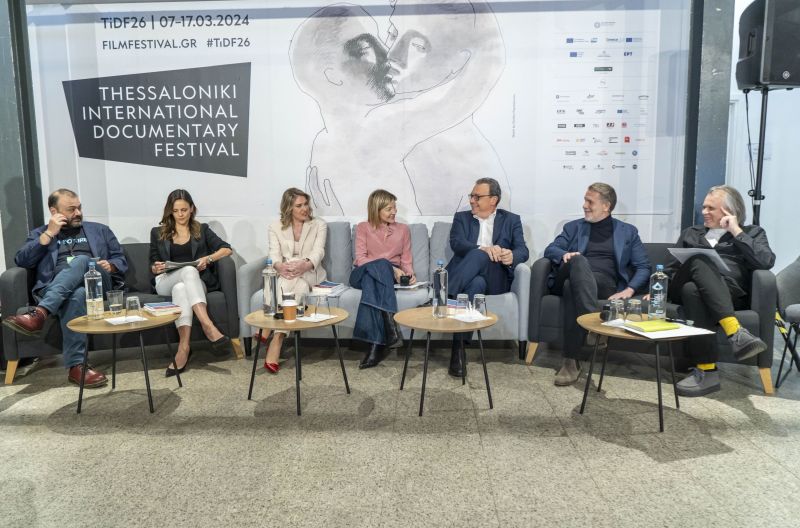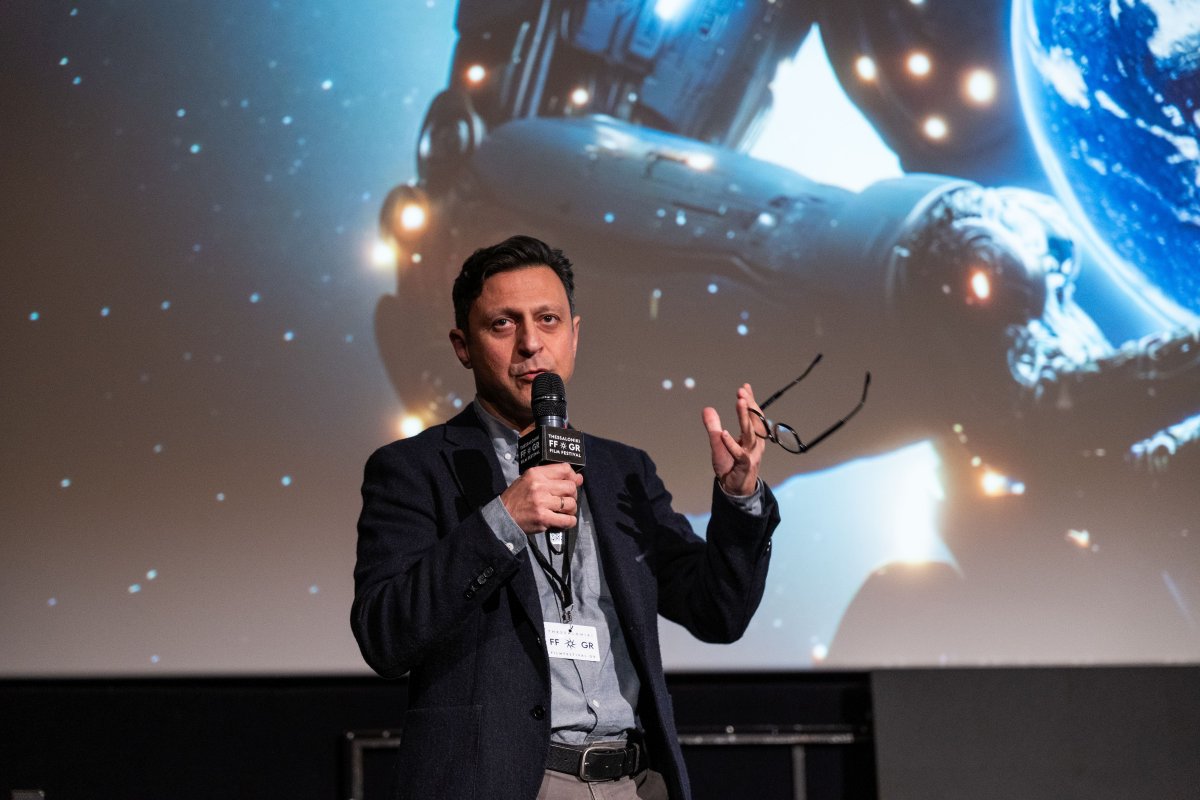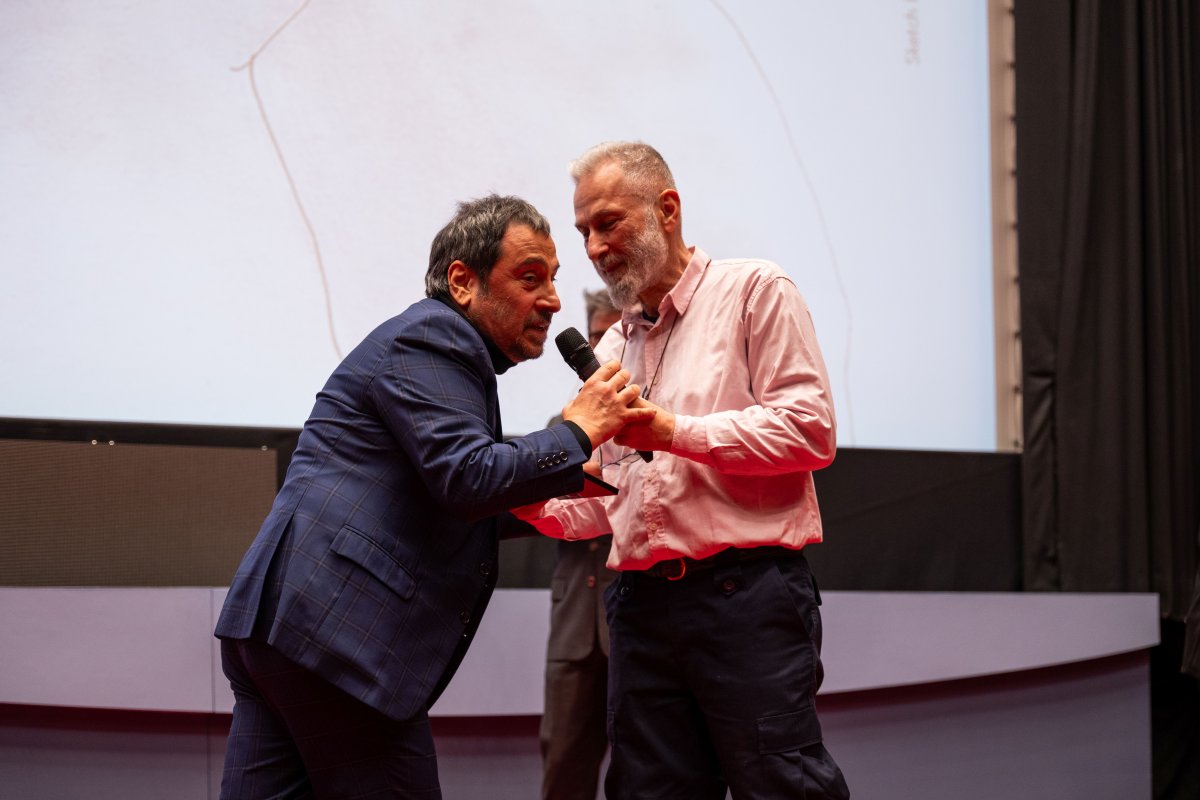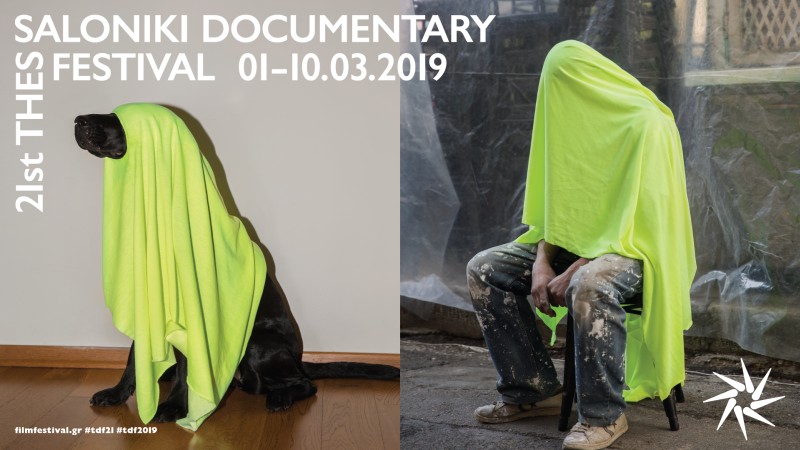Within the context of the Agora Talks of the 26th Thessaloniki Documentary Festival, a discussion on development, distributions and exhibition of XR projects, focusing on the challenges and opportunities, was held on Tuesday March 12th, in the Main Hall of the Music Centre of the Municipality of Thessaloniki. The panelists were: Mario Adamson – Producer, Sisyfos Film Production, Dimitris Delinikolas – Film Director, Producer, Academic, Stella Ntavara – Manager – CPH: Lab & INTER:Active Symposium – CPH:DOX, Sebastian Sorg – Producer & Project Developer, Ellen Kuo – Head of XR Market, New Images Festival. The Moderator of the discussion was Karen Cirillo – Cultural Producer, Non-Fiction Creator, Writer, whereas the Intro Speaker was Markos Holevas – Filmmaker, President of the Greek Film Centre.
The discussion was prefaced by Markos Holevas, who thanked the audience for being there today: “Thank you everyone for being here for us. As a public institution to support the creativity industries in movies we believe that it's very important not only to talk about the new elements that come in the creativity field, but at the same time to support the creativity in this domain. So we established a pilot program now with finance fields that will use the VR or the 360 or anything else as the pilot program to find the way that these new elements can be part of the visual language. So it's very important for us to have discussions like this and in a few minutes we will find out how this part of our industry can be more supportive. We don’t only try to offer financial support, but at the same time to open the discussion. What is the real creativity in this area? Does it only consist of elements in the cinematographic language or is it a new language that we will see in the future? This program is supported by the Recovery and Resilience Fund, active in Greece for two years now. In addition, we’re just a few weeks before we finance the first project.”
Then, Karen Cirillo took the floor, mentioning that today's panel consists of people who are at various entry points in the XR industry, so this topic can be approached from many different sides. Afterwards, each of the speakers introduced themselves, and Karen Cirillo touched upon the challenges in the XR field: “I think, if you're a filmmaker and you're thinking about doing a piece in XR, some big questions that you have is, should this be an XR? Can this be an XR? How do I make this in XR? How do I find funding in XR?”.
Sebastian Sorg replied first: “I would start with the psychology of fundraising and the psychology of funders as well. Because at the moment, if I think about a project that's dealing with some XR formats, it's just so important to really know why you are using this storytelling, this narrative, this format. Is it colored? Is it black and white? Is it like paint with oil or something? Is it something where you have to go deep into that story or into the issues? And on the other hand, why are you working with that format and asking for money? First, why is it important to tell it in augmented reality or in 360 documentary format? What's the added value it might provide you as an artist? These questions arise very often when I'm giving advice to filmmakers.”
As they said, another challenge in XR reality is how to join artists and tech-savvy people together. How can film narration be combined with technology? “So the problem was for us to try to convey this artistic idea to people who were very bright and smart and creative. But how to transition between these two worlds was the most difficult thing,” Mario Adamson emphasized. Stella Ntavara added: “We pick people from around the world. They see more, they know more. And then guide the people through a trial-and-error process. So you need someone not to tell you what to do, but ask you some questions, like a psychological session let’s say.” Then, they emphasized on how important the role of the audience is in an XR creation: “The audience decides, that's really beyond your control. So if you're really a control freak in your own creation, I would suggest you let go of this, as you somehow have to hand over control to your audience,” Ellen Kuo said.
Karen Cirillo asked Dimitris Delinikola if the new generation is easier to understand XR films. “They are indeed easier to approach an investment experience, to comprehend something much more complicated and interactive. At first they get quite excited just by the fact that they have a camera that can look all over the place, but later on they start experimenting. What I find the most interesting element to be is the huge spectrum of meanings we’re dealing with. All of these are so easy to understand once you do the headset or if you're using an AR application. I have found that introducing XR as a university course can ease people into knowing what they really want to experiment with. Part of our job with producers and artists is to realize the whole palette that they can use,” Delinikolas answered.As for the funding, Sebastian Sorg said: “You have the best prerequisite at the moment to get finance: the urge for founders to invest into the product, and there are not so many who have the same idea right at the moment. The community is now there, and there's great dynamic. So you have a lot of opportunities,” before adding that “if you ask a producer how to calculate such a project, the answer will be ‘let’s see how much money we will get.’ The problem is that there are no guidelines so far.”
Karen Cirillo asked Ellen Kuo to give some advice with regard to the funding. “Try to get your first bucket. If you're alone, it's better to seek market exposure. If not, find a partner that can help you to calculate that altogether. Because in the end, we all want our project to be seen. You also need to have your feet on the ground. Start out with something small and beautiful, and then you move on. Once you have a couple of projects that hit the festival, it will open all doors for fundraising. The production companies in Europe always look for the best new ideas, entities, and there are always benefits,” she said.
Karen Cirillo highlighted that “we should really get away from XR as an extension and start seeing it as a hybrid platform, a new model to use products from theater games.” Dimitris Delinikolas added that “you need to have really wonderful visuals that can move you or a really great story. Visuals don't have to be 100% professional, but need to have a touch that makes them special. I remember when VR cinema came out, and people thought it to be the next thing, but as you know, it hasn't been the next best thing. Have we already moved on to the new thing? Have we already moved on to more interactive multiplayer games? We're already into AI generated, interactive multiplayer.”
As for the practical tips for you to think about when you design your production, Ellen Kuo said: “I'm not a curator or programmer, but I do urge you to think about different formats. If you make the things too difficult to produce, it would make your life difficult.” Sebastian Sorg added: “I agree. A creative process developer sometimes needs to try out a different understanding on what will be the outcome of the product. You have to be very careful with regard to the financing. Unless you are heading for a very commercial project, you have to be realistic and open-minded at the same time. You should not be frustrated, you learn how to trust your partners.”


